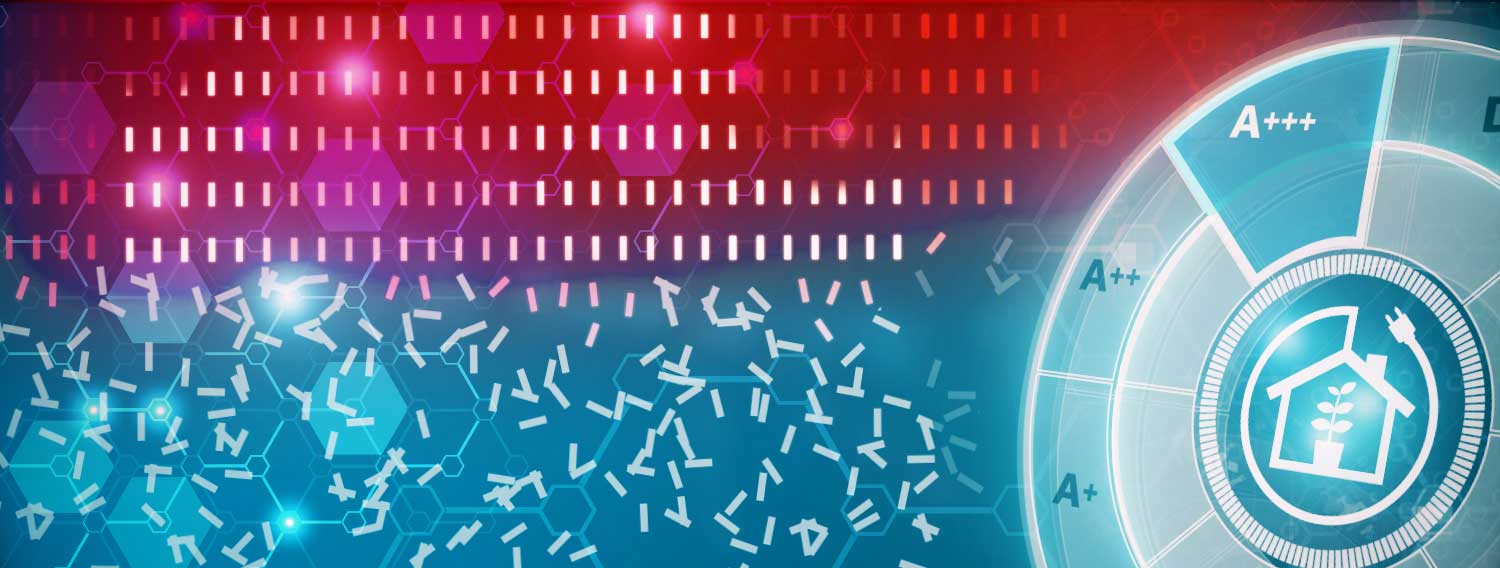ElKaWe – Electrocaloric heat pumps
In the ElKaWe flagship project, six Fraunhofer Institutes under the leadership of the Fraunhofer IPM are working on the development of electrocaloric heat pumps for heating and cooling. Today, heat pumps work almost exclusively on the basis of compressor technology. Electrocaloric heat pumps promise a significantly higher efficiency and do not require harmful refrigerants. As part of the project, scientists are developing ceramic and polymer-based electrocaloric materials and are working on an innovative system approach that enables particularly efficient heat dissipation. The work in the project is intended to demonstrate that electrocaloric heat pumps have the potential to replace compressors in the long term. Heat pumps are an important module in the heat revolution. Powered by regeneratively generated power, they form the missing link between power and heat generation. However, the increase in heat pumps for building air conditioning is slow, due to the poor economic efficiency of compressor-based heat pumps. In cooling technology, the gradual ban on refrigerants under the European F-Gas Regulations makes alternative, refrigerant-free technologies more desirable.
How does an electrocaloric heat pump work?
When an electrical field is applied to electrocaloric materials, the electrical dipole moments in the field are aligned – this additional order is accompanied by heating of the material according to thermodynamics laws. The resulting heat is dissipated via a heat sink, meaning the material cools down again to its initial temperature. If the electric field is now removed, order is reduced and the material cools, also in accordance with the laws of thermodynamics. Now it can absorb thermal energy from a heat source. The effect is reversible. This allows a cycle to be established that functions as an efficient heat pump for cooling or heating.
